How come we care only about certain animals going extinct? Here's a list of animals that extremely close to extinction, and nobody really knows.
Yes, India has a lot of threatened animals. “The Bengal Tiger and the Asiatic Lion!”, you think. “Or even the Asian Elephant! Snow leopards!”, you say. Yes, all these animals are vulnerable or threatened. There is huge awareness and media hubbub around these species. However, did you know that none of these species is currently ‘Critically Endangered’? They are definitely endangered, however, due to high awareness and high-funded conservation, they are in the ‘Endangered’ or ‘Vulnerable’ category. There are many species that are 'Critically Endangered' in India, and there is almost no awareness amongst the general public about this. Care to give them a thought? Here are a few of many species that could do with a little more awareness.
1. Red-Crowned Roofed Turtle
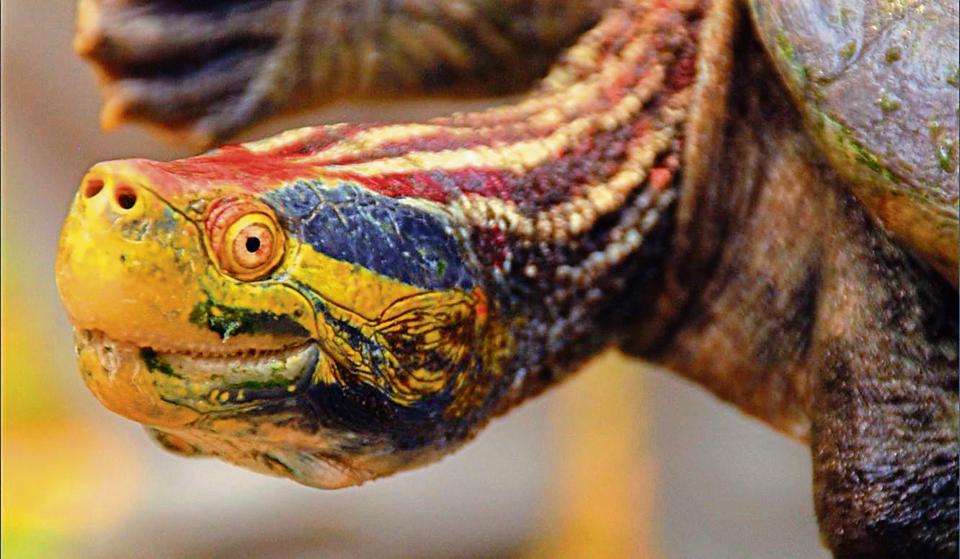 Image Credit: IUCN, turtles in trouble
Image Credit: IUCN, turtles in trouble
Conservation Status: Critically Endangered, fewer than 500 nesting females
This beautiful, brightly coloured freshwater turtle, also known as the batagur kachuga, is evolutionarily adapted for a high adult survival rate. However, human activity, as always, has almost obliterated this species. Poaching, egg and eggshell harvesting, trawling, sand-mining, pollution, infrastructure- all these things put together overwhelmed all the adaptations of this species. Conservation efforts have been going on for the past 12 years. The Indian Turtle Conservation Program has relocated, hatched, and released over 100,000 of these turtles in the past 10 years, yet their numbers continue to dwindle due to habitat loss. India ranks third in the world for the most endangered turtle and tortoise species.
2. Himalayan Wolf
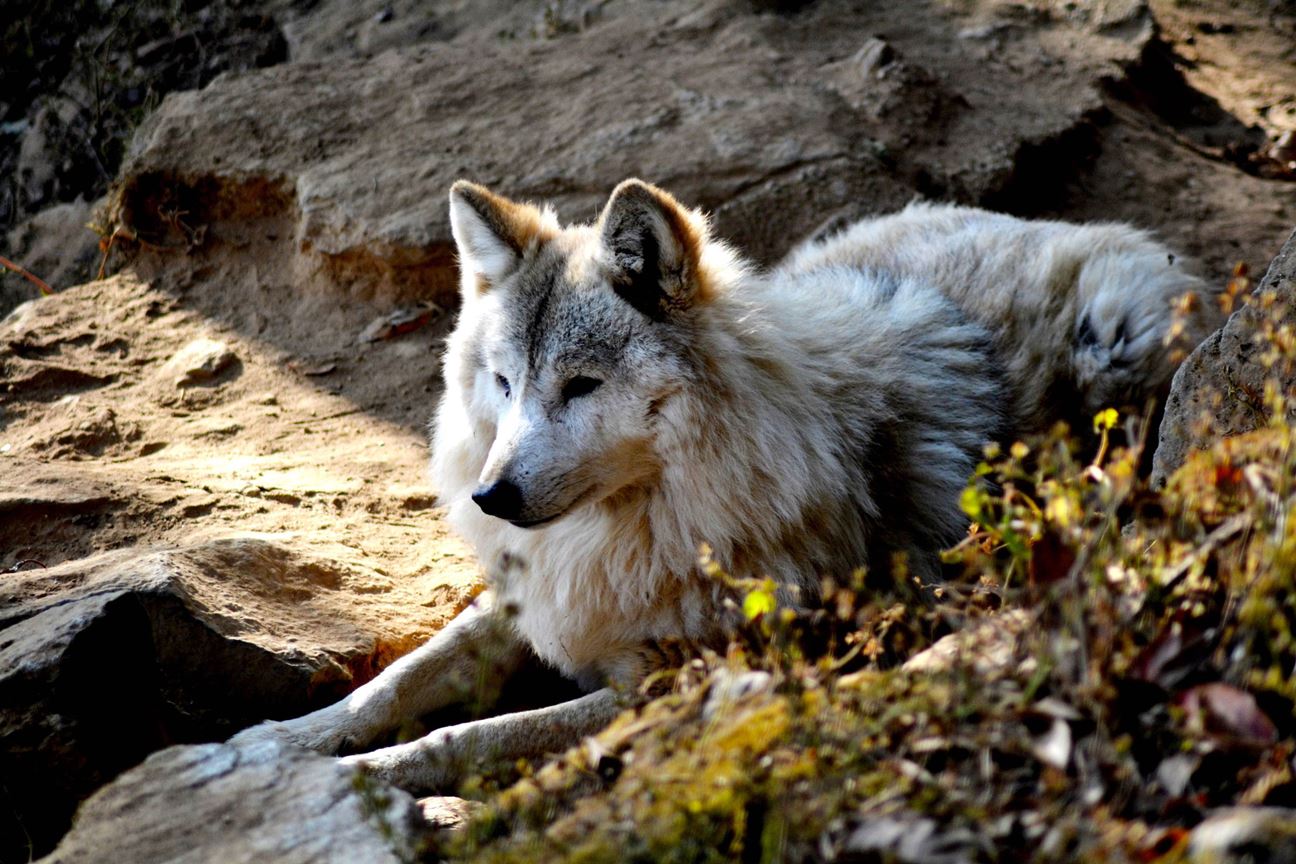
Conservation Status: Critically Endangered, 350 wild individuals
This species of world endemic to Northern India and Nepal is one of the OLDEST lineages of wolves currently known to science. Currently, in India, there are only 350 left in the wild. This ancient wolf species is almost extinct. Many individuals are killed during the course of human-wildlife conflict. Since the colonisation of their habitat, they have been introduced to a myriad of new diseases through livestock and other sources. Thus, they seem to have a very high adult and infant mortality rate. Only recently classified as a separate species, there are some serious conservation efforts into bringing up the populations of this canid.
3. Poona Mole Skink
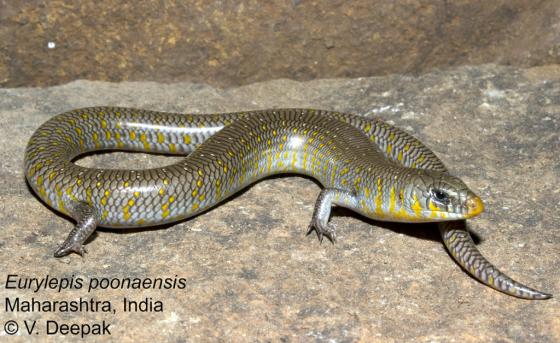 image credit: Reptile database, sharma
image credit: Reptile database, sharma
Conservation Status: Critically Endangered, very few individuals left in the wild
This species is a sad but true example of how “less glamorous” or “less cute and cuddly” species take a backseat when it comes to conservation. This species is found only in Maharashtra, India. It is almost extinct in the wild due to the rapid urbanisation and loss of habitat. There are next to no conservation efforts due to a lack of awareness and thus a lack of funds available to protect this beautiful species.
4. Red Panda

Conservation Status: Endangered, less than 10,000 mature individuals, population declining
Yes, Master Shifu from Kung Fu Panda is a red panda, and yes they are also endemic to India. Its range is from Arunachal Pradesh and Assam to China. These individuals are facing a massive population decline due to poaching, habitat fragmentation, and genetic inbreeding depression. Unfortunately, this species is also a part of the illegal pet trade and are removed from their natural habitat. This species is nocturnal and travels many kilometres through the canopies every night- they cannot live in our restrictive homes as an exotic pet. There have been many conservation efforts to help this species since 2008.
5. The Great Indian Bustard
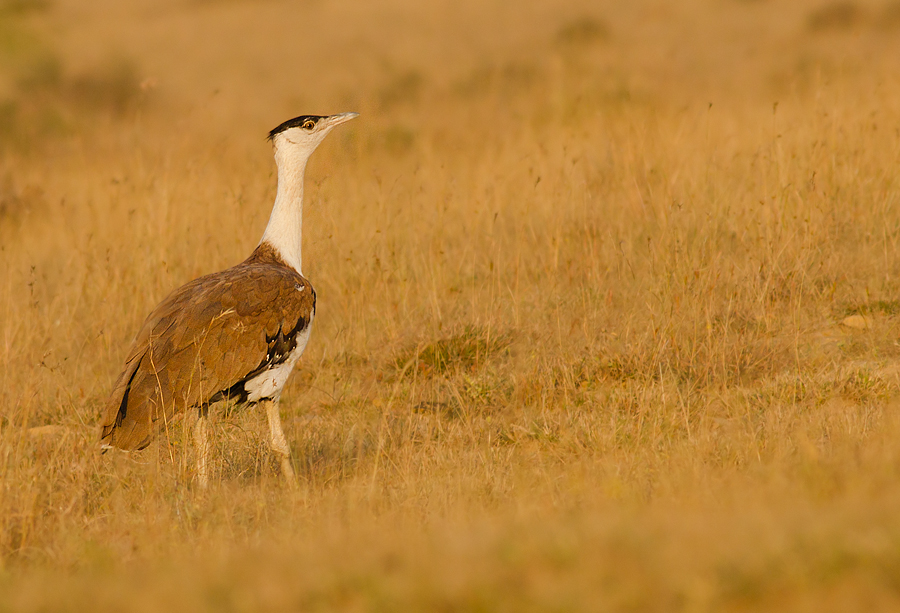
Conservation Status: Critically Endangered, less than 150 individuals left in the wild
Now, this species almost had an interesting history. Almost because it nearly became India’s national bird instead of the peacock. Post-independent India was deciding its national animals when an ornithologist suggested The Great Indian Bustard- it’s one of the heaviest flying birds to exist, its populations are endangered, and having it as our national animal would really help its conservation. However, the country decided that its name- Bustard- could be of national embarrassment because it sounded like ‘bastard’ and maybe, as a result of that decision, this species is almost extinct. Snarky remarks aside, this species is actually threatened by telephone wires in which they get entangle and die, as well as habitat loss and poaching.
6. Sawfish

Conservation Status: Critically Endangered, very few individuals left
All species of sawfish are currently critically endangered. All of them. They are currently the most threatened group of marine organisms. Their range once used to span 90 countries worldwide, but now they are extinct in 20 of them. In India, their range includes the Indian Ocean, and they can enter freshwater as well. The Largetooth sawfish and Longcomb sawfish are under India’s list of protected species. These creatures are mythologically and medicinally relevant since ancient times. Now, due to intense habitat-loss, prey-loss and hunting, their numbers are extremely reduced. There is worldwide conservation on the protection of this group.
7. Chinese Pangolin
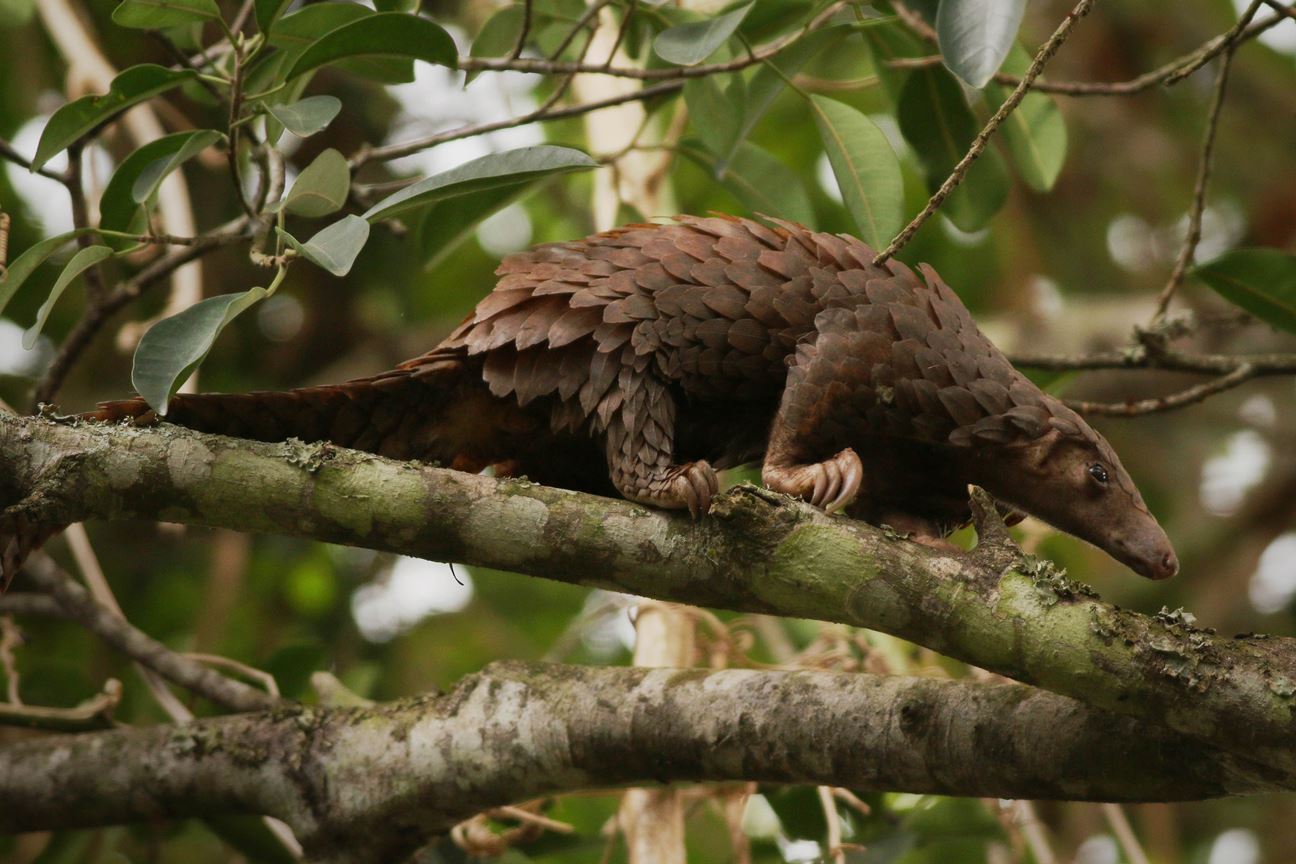
Conservation Status: Critically Endangered, 50,000 individuals left.
Yes, this peculiar-looking mammal, very famous in China, is also endemic to India. Their numbers have seen a shocking decline by 94% since the 1960s. There have been heavy efforts and public awareness for the conservation of Pangolins, however, poaching and deforestation continue to hit them really hard. They are poached for their scales, which are boiled off their body (while the animal may still be alive), for medicinal properties, and for their meat, which is considered a delicacy.
8. Peacock Tarantula
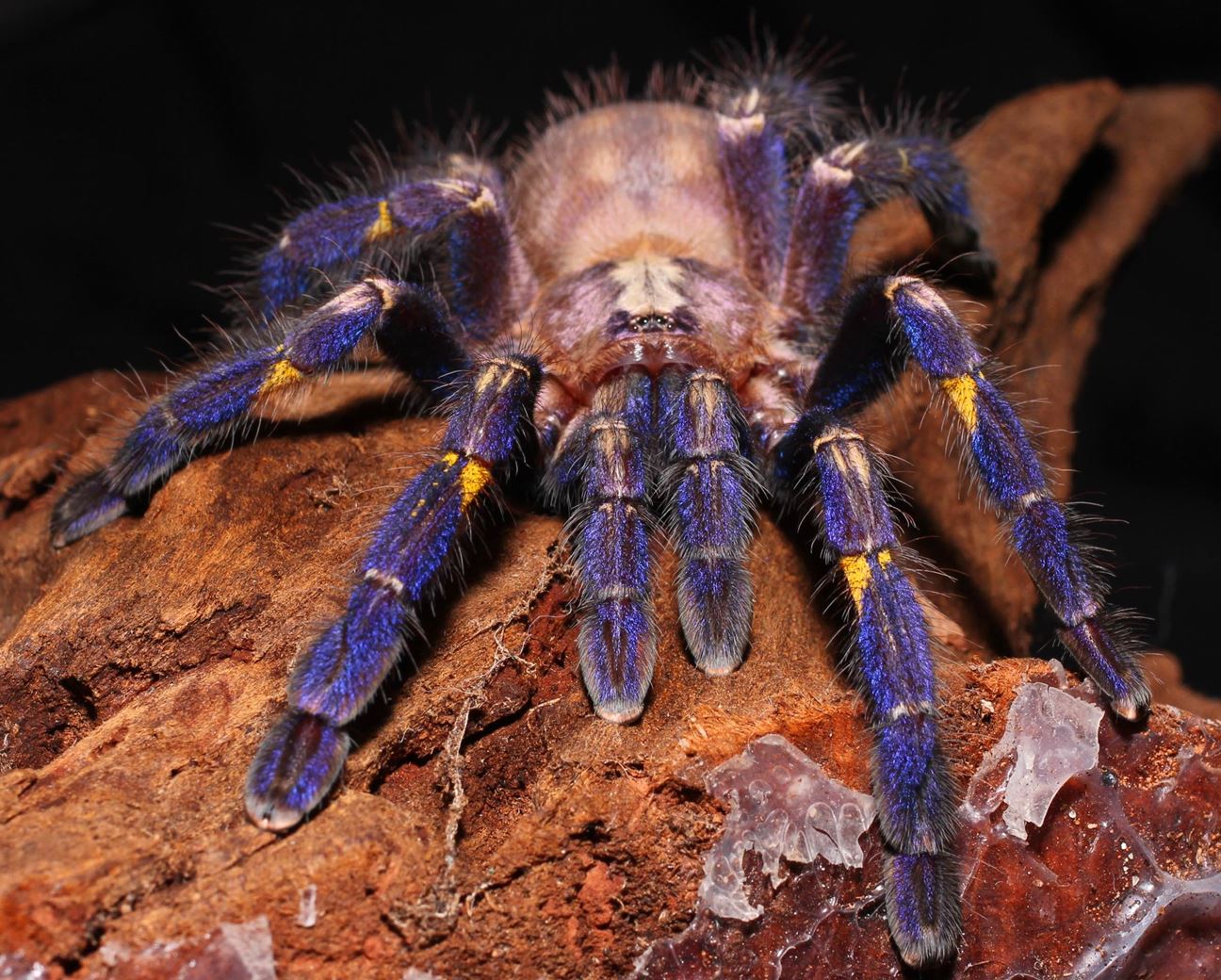
Conservation Status: Critically Endangered, declining population.
This beautiful spider is the only blue tarantula to exist, and its habitat includes only the deciduous forests of Andhra Pradesh. It is famous worldwide, especially in North America as an exotic pet species. Their populations are facing a major decline due to habitat destruction and deforestation, as well as the pet trade. Again, this spider is another victim of lack of conservation efforts due to their “undesirable” appeal to the general public. Conservation and DNA tracking efforts are being conducted in recent years, however, it is heavily under-funded.
9. Red Headed Vulture
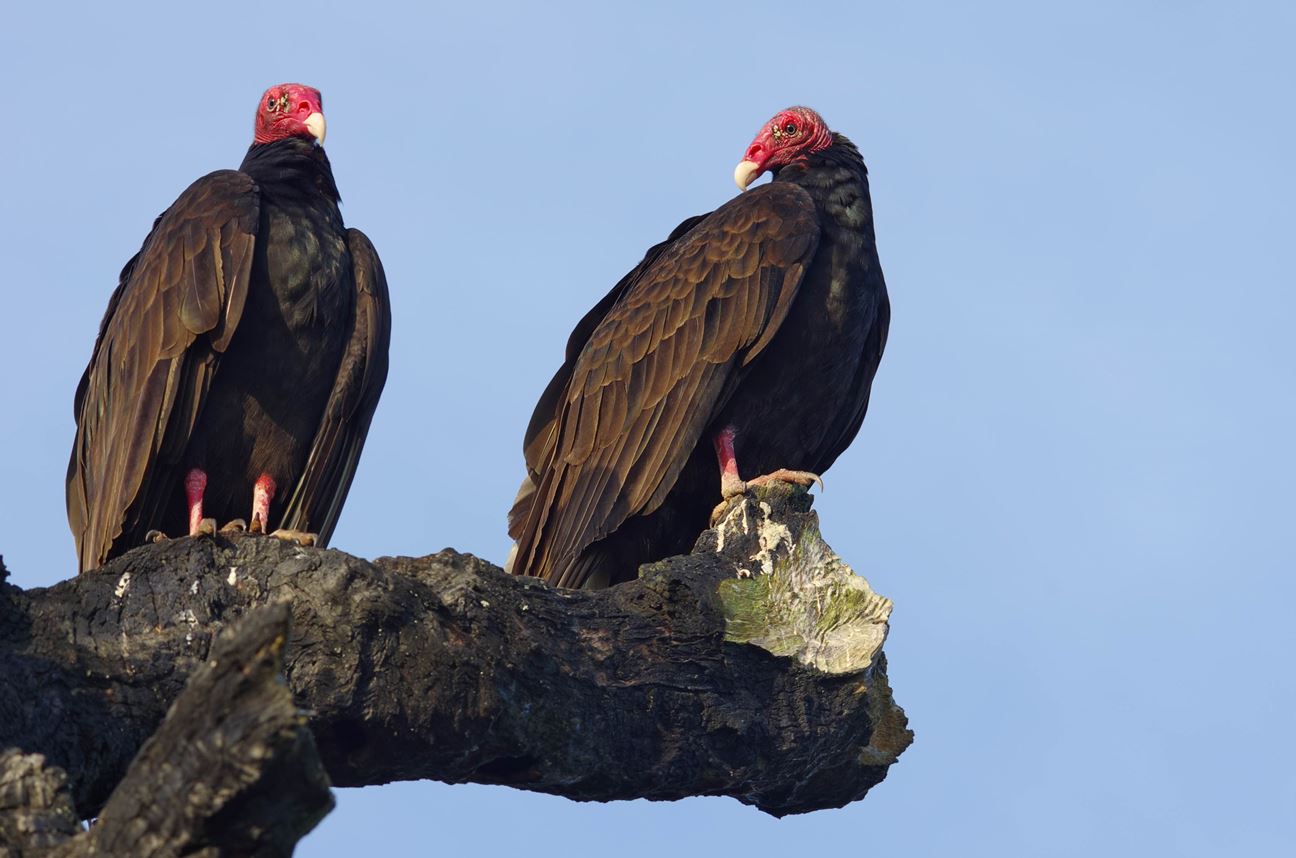
Conservation Status: Critically Endangered, with a lower limit of 3,500 individuals left
This beautiful vulture, along with 3 other vulture species are extremely endangered and nearing rapid extinction. This species stands around 1 meter tall and was once very common all over Southeast Asia. The suspected reason for its decline is said to be the use of the drug Diclofenac, used by veterinarians on cattle, who's flesh was then consumed by vultures. There have been conservation efforts to save this species, the best of which is in Cambodia.
10. Kashmir Stag
 image credit: india today
image credit: india today
Conservation Status: Critically Endangered, an estimated 237 individuals
The Kashmir Stag (also known as Hangul) is a species of elk that lives in the dense forests, valleys and mountains in Kashmir, and northern Himachal Pradesh. They are threatened by poaching, deforestation and overgrazing by domestic cattle. They currently only have a range of 100km2 in which they exist as protected species. Conservation efforts are taking place, with mild success. The numbers are reported to have dwindled to 150 in the 1970s, and since then there has been a small rise in the population. However, since the threats to this species continue to exist, their effects of the conservation are potentially being nullified.
So yes, we are losing species from all groups, all sizes- most of them due to deforestation, poaching and habitat loss. Awareness of these problems is the best way to start fighting for these animals. All of these deserve a voice, not just the tigers, lions and elephants of India. Be it a spider, a lizard or a stag- knowledge of the plight of these animals empowers us in fighting this mass extinction to the fullest.